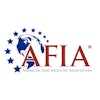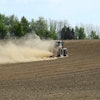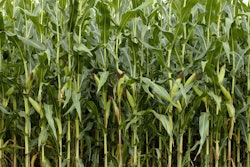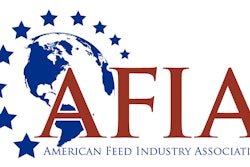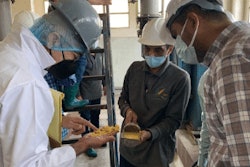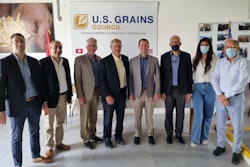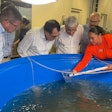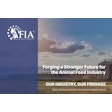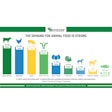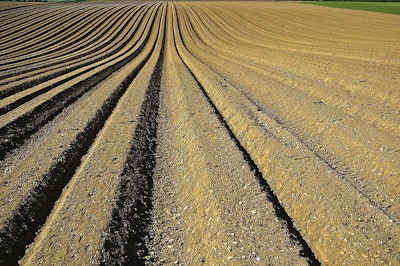
On Monday, the U.S. Department of Agriculture (USDA) set a July deadline for agricultural producers and landowners to apply for the Conservation Reserve Program (CRP) General signup.
Additionally, USDA’s Farm Service Agency (FSA) will accept applications for CRP Grasslands from July 12 to August 20. This year, USDA updated both signup options to provide greater incentives for producers and increase its conservation benefits.
In mid-April, in order to address the declining CRP enrollment rate in recent years and to more fully use CRP as a tool to enhance carbon sequestration, the USDA announced new CRP initiatives, with higher payment rates, new incentives and a more targeted focus.
The 2018 farm law established the maximum CRP rental rates for land enrolled through general sign-ups at 85% of each county’s average cash rental rate and 90% for land enrolled under continuous CRP sign-ups. Congress established the maximum CRP rental rate levels to help ensure CRP is targeting marginal farmland and not competing with farmers for productive farmland.
One way that USDA can circumvent the reduced CRP rental rates is to offer sign-up incentives to implement certain practices and to cover CRP establishment expenses.
National Grain and Feed Association (NGFA) President and CEO Mike Seyfert has responded to the June 14 announcement from USDA to offer CRP rental rates that are 10% more than the maximum allowed by the 2018 farm law.
Seyfert said NGFA and its members encourage efforts to preserve fragile lands and enhance environmental benefits and is fully supportive of working lands programs, including the Environmental Quality Incentives Program (EQIP) and Conservation Stewardship Program (CSP), because they provide incentives to help producers adopt best management practices to maintain and expand their output while improving environmental outcomes.
NGFA is deeply concerned, however, with proposals to expand the CRP that will take significant acreage out of production and place the U.S. at a competitive disadvantage globally, while risking making it harder for beginning and socially disadvantaged farmers to compete on rental rates and gain access to land needed to expand their operations.
"NGFA supported these changes in the 2018 law and is concerned by USDA’s decision to offer CRP rental rates exceeding the statutory maximums by 10% and believes the higher rates will lead to enrollment of productive farmland," he continues. "This decision also runs counter to signals from the market encouraging farmers to maintain and expand production," says Seyfert.
"Programs that increase acreage idling in the United States weaken our food and agricultural supply chains and send market signals to competitors to plant more acres, resulting in negative climate and environmental impacts."
He adds, "We look forward to working with USDA to promote conservation in a manner that enhances environmental benefits while preserving U.S. agricultural productivity and competitiveness and maintaining access to farmland for beginning and socially disadvantaged farmers.”
